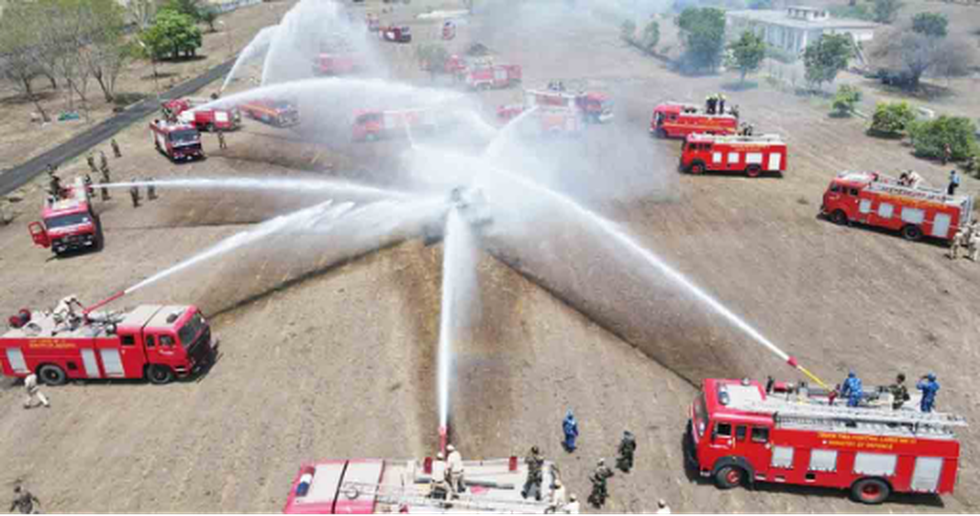
About AGNI DAMAN-23:
- It is a firefighting exercise conducted under the aegis of Indian Army’s HQ, Southern Command.
- Objective: Enhance synergy among firefighters to work together in the event of major fire incidents.
- The exercise was conducted at 29 Field Ammunition Depot (FAD) , Dehu Road, Pune.
- A total of 56 firefighting columns including 32 from civil agencies like National Disaster Relief Force (NDRF), State Disaster Relief Force (SDRF), MC Alandi, Fire Department Pimpri Chinchwad, PMRDA Akurdi, MIDC Ambi Talegaon, MC Talegaon Dhabade, Nagar Parishad Chakan, Main Fire Department Bhawani Peth, Tata Motors Ltd, Mahindra Vehicle Ltd & Bajaj Auto participated in the exercise.
- The exercise provided impetus & opportunity to the combatant manpower including central/state agencies to perform coordinated firefighting & render maximum aid in minimum possible time to the affected areas to save precious lives & valuable assets.
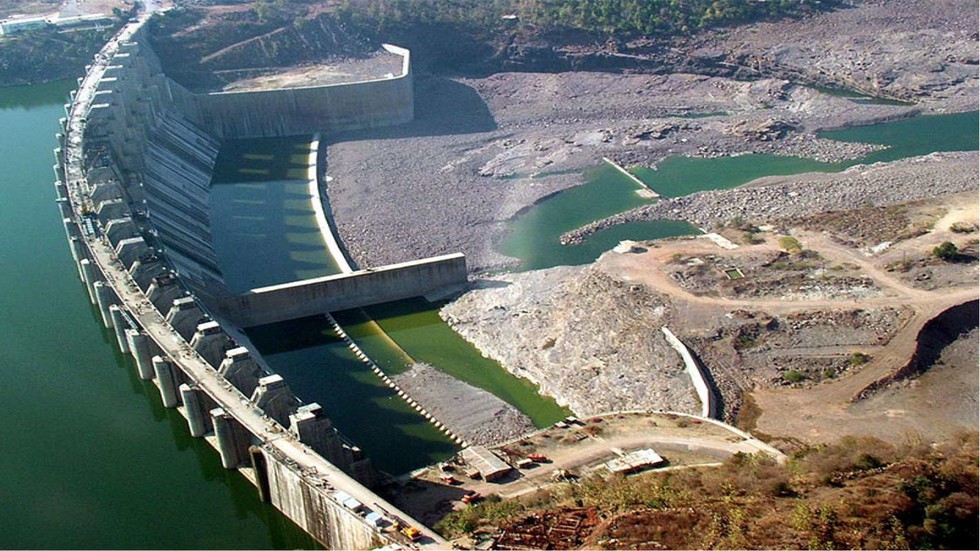
About Polavaram Project:
- It is an under-construction multi-purpose irrigation projecton the Godavari River in the Eluru District and East Godavari District in Andhra Pradesh.
- The project has been accorded National project statusby the Union Government of India.
- Objectives:
- Development of Irrigation, Hydropower and drinking water facilities in East Godavari, Vishakhapatnam, West Godavari and Krishna districts of Andhra Pradesh.
- The project envisages the generation of 960 MW of hydropower, drinking water supply to a population of 28.50 lacks in 611 villages
- The ultimate irrigation potential of the project is 4.368 lakh ha.
- The project implements the Godavari-Krishna link under the Interlinking of Rivers project.
- It envisages the transfer of 80TMC of surplus Godavari water to river Krishnawhich will be shared between Andhra Pradesh, Karnataka and Maharashtra.

About Machine Learning:
- What is it? It is a branch of Artificial Intelligence (AI)and computer science which focuses on the use of data and algorithms to imitate the way that humans learn, gradually improving its accuracy.
- It gives computers the capability to learn without being explicitly programmed.
- It enables computers to learn automatically from past data.
- Machine learning uses various algorithms for building mathematical models and making predictions using historical data or information.
- Features of Machine learning:
- It is a data driven technology. Large amount of data generated by organizations on daily bases. So, by notable relationships in data, organizations makes better decisions.
- Machine can learn itself from past data and automatically improve.
- From the given dataset it detects various patterns on data.
- It is similar to data mining because it is also deals with the huge amount of data.

About Bacillus Calmette–Guérin (BCG) vaccine:
- It is a vaccine for tuberculosis (TB)
- The vaccine was developed by Calmette and Guerin and was first administered to human beings in 1921.
- It is the most widely administered vaccine and is usually a part of the routine newborn immunization schedule.
- BCG vaccine also offers protection against non-tuberculous mycobacterial infectionslike leprosy and Buruli ulcer.
- It is often given to infants and small children.
- It is rarely given to anyone over the age of 16 because there is little evidence it works very well in adults.
Key facts about Tuberculosis (TB):
- Tuberculosis (TB) is caused by bacteria (Mycobacterium tuberculosis)that most often affect the lungs.
- It is curable and preventable disease.
- Two kinds of tuberculosis infection:
- Latent TB-The bacteria remain in the body in an inactive state. They cause no symptoms and are not contagious, but they can become active.
- Active TB- The bacteria do cause symptoms and can be transmitted to others. About one-quarter of the world's population has latent TB.
- People infected with TB bacteria have a 5–15% lifetime risk of falling ill with TB.
- However, persons with compromised immune systems, such as people living with HIV, malnutrition or diabetes, or people who use tobacco, have a much higher risk of falling ill.
- Transmission:
- TB is spread from person to person through the air.
- When people with lung TB cough, sneeze or spit, they propel the TB germs into the air.
- Even after inhaling a few drops of these germ, a person can get infected.
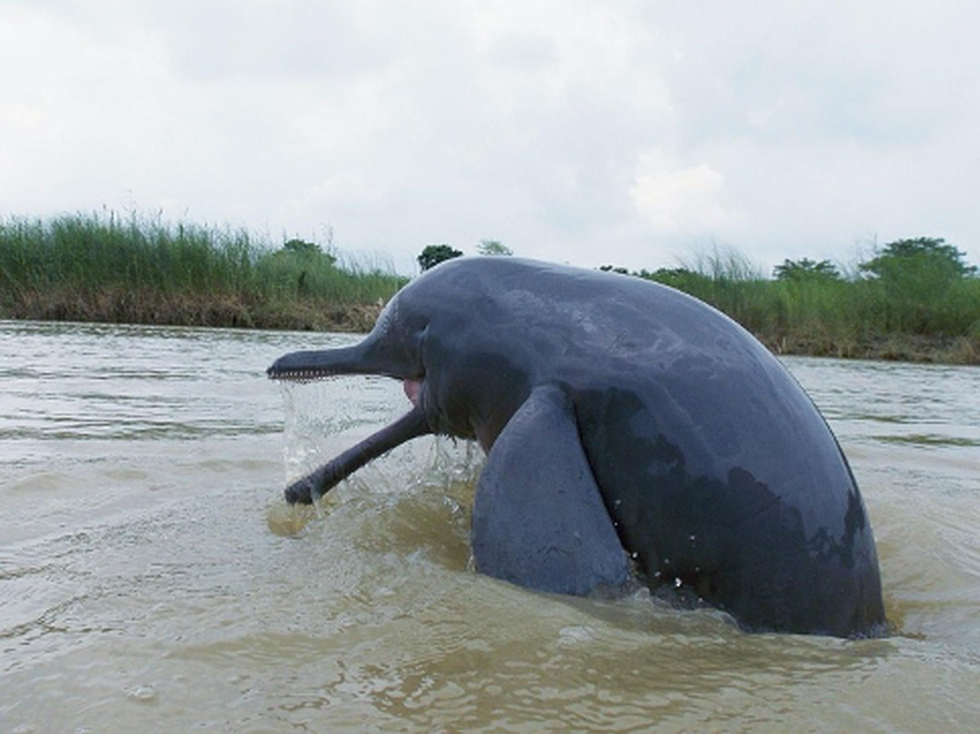
About Gangetic Dolphin:
- It is a freshwater species and one of the few river dolphins found in the world.
- It inhabits the Ganges-Brahmaputra-Meghna and Karnaphuli-Sangu river systems of Nepal, India, and Bangladesh.
- Common Names: Blind dolphin, Ganges dolphin, Ganges susu, hihu, side-swimming dolphin, South Asian River Dolphin
- Scientific name:Platanista gangetica
- The Gangetic Dolphin has been recognized as India's National Aquatic Animal.
- Description:
- A long thin snout, rounded belly, stocky body and large flippers are characteristics of the Ganges River dolphin.
- It feeds majorly on fishes and is are usually found in counter-current systems of the main river channel.
- Its eyes lack lens, and as a result, this species is also referred to as the "blind dolphin".
- They have a highly developed bio-sonar system that facilitates them to hunt for fish even in murky waters.
- Being a mammal, the Ganges River dolphin cannot breathe in the water and must surface every 30-120 seconds. Because of the sound it produces when breathing, the animal is popularly referred to as the 'Susu'.
- Conservation status:
- IUCN: Endangered
- Wildlife (Protection) Act: Schedule-I
- CITES: Appendix I
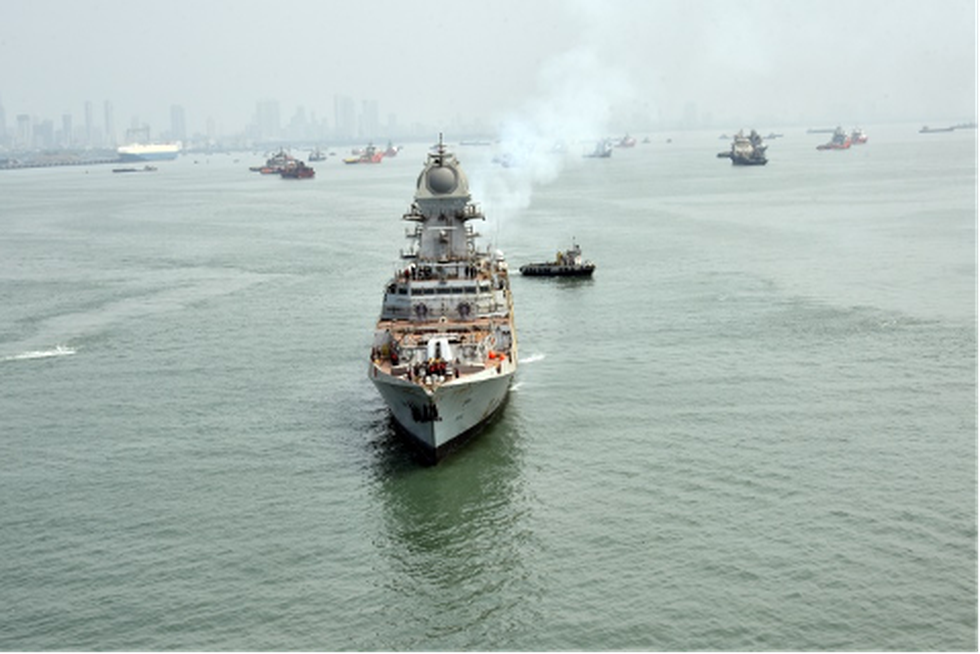
About INS Imphal:
- It is named after India’s Northeastern city of Imphal.
- The Navy’s Warship Design Bureau designed the ship in-house, and Mazagon Dock Ltd. (MDL) was responsible for its construction.
- Features
- The maximum speed is 30 knots; the length is 163 metres, while their width is 17 metres.
- It has a displacement capacity of 7400 tonnes when fully loaded.
- Major parts of the ship are made in India.
- The arsenal consists of 76mm Super Rapid Gun Mounts, Indigenous Torpedo Tube Launchers, Indigenous Anti-Submarine Rocket Launchers, Medium Range Surface-to-Air Missiles, BrahMos Surface-to-Surface Missiles etc.
What is Project 15B?
- Under this initiative, Visakhapatnam Class four warships (Visakhapatnam, Mormugao, Imphal, Surat) were planned.
- The Visakhapatnam and Mormugao are already commissioned in the Indian Navy.
7. What is the Sun halo?

About Sun halo:
- What is it? It is an optical phenomenon that occurs due to sunlight refracting millions of hexagonal ice crystals suspended in the atmosphere.
- How it is formed?
- When white light passes through unique hexagonal ice crystals found in upper-level cirrus clouds, causing the halo to have colours.
- The clouds contain millions of tiny ice crystals, which refract, split and even reflect the light to give an impression of a circular rainbow ring.
- The crystals have to be oriented and positioned just so with respect to your eye, for the halo to appear.
- Light undergoes two refractions as it passes through the ice crystals and the bending that occurs depends on the ice crystal's diameter.
- The two refractions bend the light by 22 degrees from its original point, producing a ring of light around the Sun or the Moon.
- The lunar halos are mostly colourless as moonlight is not very bright.
- In the case of the Sun, these colours are more noticeable and appear as bright as a rainbow.
8. National Manufacturing Innovation Survey (NMIS)
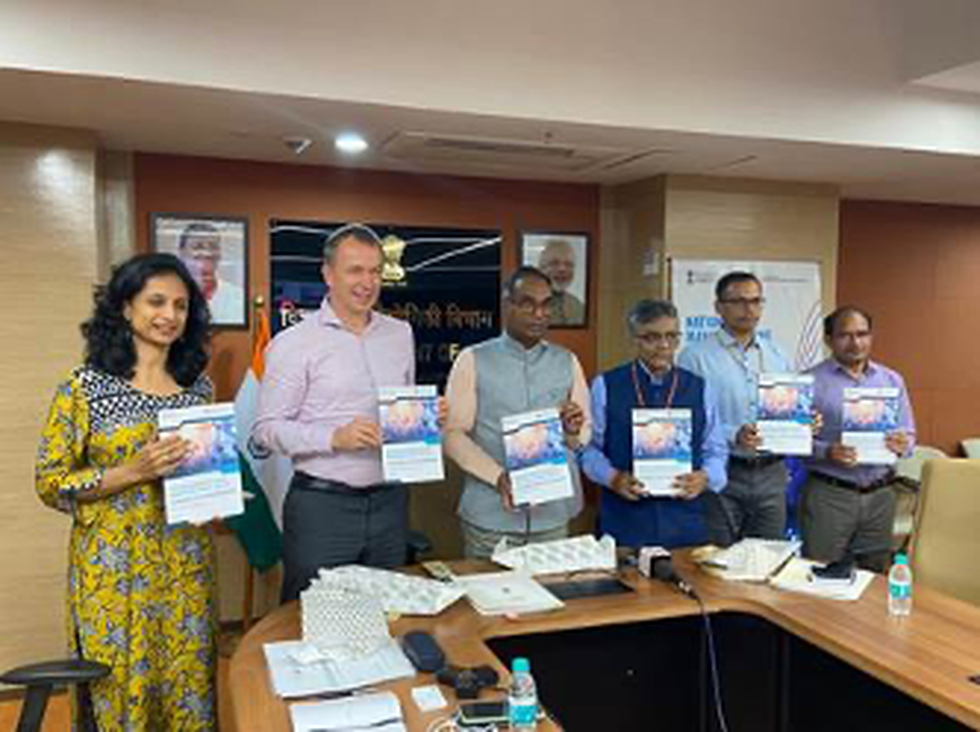
About National Manufacturing Innovation Survey (NMIS):
- It is a joint study by the Department of Science and Technology (DST) and the United Nations Industrial Development Organization (UNIDO)
- Aim of the survey: To evaluate the innovation performance of manufacturing firms in India.
- It had two specific components:
- Firm-level survey: It captured data related to types of innovations and innovative measures taken by firms, including the process of innovation, access to finance, resources, and information for innovation etc.
- Sectorial System of Innovation (SSI) survey: It mapped the manufacturing innovation system and its enabling role in achieving innovations in firms.
- The SSI study measured the convergence or divergence of current policy instruments in select five key manufacturing sectors important to the Indian economy – textiles; food & beverage; automotive; pharma; and ICT.
- The first National Innovation Survey was held in 2011.
Key Facts about United Nations Industrial Development Organization
- It is a specialized agency of the United Nationswith a unique mandate to promote dynamize and accelerate industrial development.
- It provides support to its 171 Member States through four mandated functions:
- Technical cooperation
- Action-oriented research and policy-advisory services.
- Normative standards-related activities
- Fostering partnerships for knowledge and technology transfer.
- India is a member of this organisation.
National Manufacturing Innovation Survey (NMIS) 2021-22 findings released, can help enhance competitiveness of Indian manufacturing

About Gum Arabic:
- It is the natural gum exuded by various species of Acacia trees.
- The main source of commercial gum Arabic is Acacia Senegal L.willd.and Acacia seyal trees.
- Distribution:
- The trees are native to North Africa and grow mainly in the sub-Saharan or Sahel zone of Africa and also in Australia, India and South America.
- It is found in some parts of India mainly in the dry rocky hills of southeast Punjab, in the northern Aravalli hills and other drier parts of Rajasthan and Gujarat.
- Major producing countries: Cameroon, Chad, Mali, Nigeria and Sudan (market share of about 70%).
- Method of harvesting:
- The gum exudes from the cracks on the bark of the tree under difficult conditions such as heat, dryness, wounds, and diseases.
- The gum flows naturally from the bark of the trees in the form of a thick and rather frothy liquid and speedily concretes in the sun into tears.
- Period of harvesting/collection:The collection of gum Arabic takes place at intervals during the dry season from November to May. During the rainy season, no gum is formed since the trees are in full bloom.
- Properties of Gum Arabic
- It is a neutral or slightly acidic salt of a complex polysaccharide containing calcium, magnesium, and potassium cations.
- It is non-toxic, odourless, and has a bland taste and it does not affect the odour, colour or taste of the system in which it is used
- It is somewhat yellowish in colour.
- It is insoluble in oils and in most organic solvents, but usually dissolves completely in hot or cold water forming a clear, mucilaginous solution.
- It yields L-arabinose, L-rhamnose, D-galactose and D-glucuronic acid after hydrolysis.
- It is used in many industries like Food, pharmaceuticals, cosmetics
10. Pygmy hog
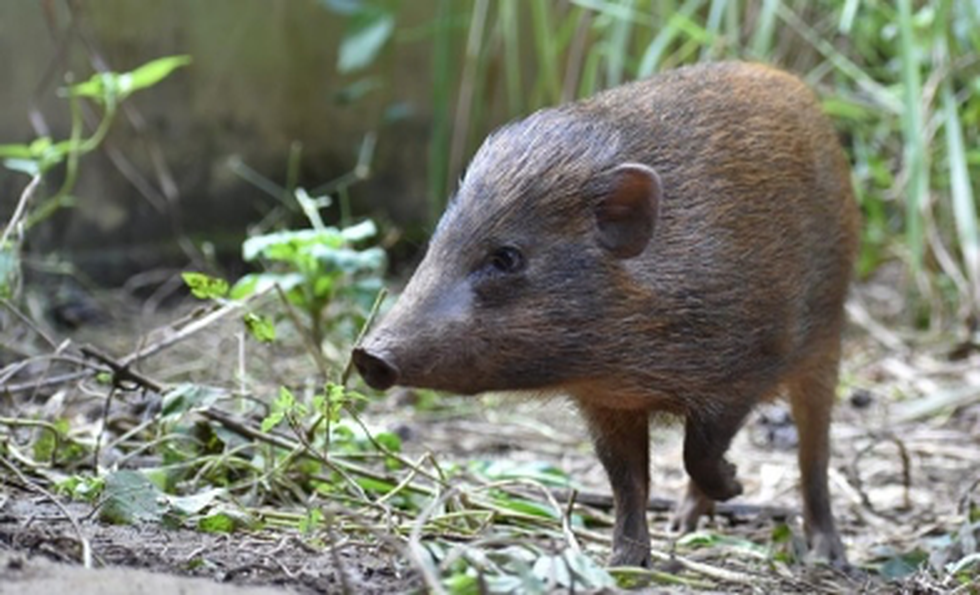
About Pygmy Hog:
- It is the smallest and rarest species of wild pig in the world.
- It is one of the very few mammals that build its own home, or nest, complete with a ‘roof’.
- It is an indicator species as its presence reflects the health of its primary habitat, tall and wet grasslands.
- Habitat: It prefers undisturbed patches of grassland dominated by early successional riverine communities, typically comprising dense tall grass intermixed with a wide variety of herbs, shrubs and young trees.
- Currently, the viable population of this pig in the wild is in the Manas Tiger Reserve in Assam.
- Conservation status:
- IUCN Red List: Critically Endangered
- Wildlife Protection Act, 1972: Schedule I
Key facts about African swine fever
- It is a highly contagious viral disease of domestic and wild pigs, whose mortality rate can reach 100%.
- The virus belongs to the Asfarviridae family.
- Symptoms:Vomiting, Diarrhea, reddening or darkening of the skin, particularly ears and snout, gummed up eyes etc.
- It can be spread through:
- Direct contact with infected pigs, faeces or body fluid
- Indirect contact via fomites such as equipment, vehicles or people who work with pigs between pig farms with ineffective biosecurity.
- Pigs eating infected pig meat or meat products.
- It is endemic to sub-Saharan Africabut has spread to many other regions of the world, including Asia and Europe.
- It is not known to affect human beings.
- There is no cure or precaution availablefor the infection and no approved vaccine.





























































































































































.png)
.png)
.png)
.png)
.png)


.png)
.png)
.png)





.png)
.png)






.png)
.png)
.png)
.png)
.png)
.png)
.png)
.png)
.png)

.png)







.png)
.png)


.png)
.png)
.png)


.png)

.png)
.png)





.jpg)

.png)
.png)


.png)

.png)
.png)
.png)

.jpg)

.jpg)


.png)

.png)
.png)
.png)
.png)
.png)
.png)
.png)
.png)
.png)
.png)




.png)

.png)





.png)
.png)
.png)
.png)
.png)
.png)
.png)
.png)
.png)
.png)
.jpg)
.jpg)

.png)
.png)
.png)
.png)
.png)
.png)
.png)
.png)
.png)
.png)
.png)
.png)
.png)
.png)
.png)
.png)
.png)
.png)
.png)
.png)
.png)
.png)



.png)
.png)

.jpg)
.jpg)


.jpg)
.jpg)
.jpg)
.jpg)
.jpg)

.jpg)





.jpg)
.jpg)
.jpg)
.jpg)
.jpg)

















.jpg)
.jpg)







.jpg)


















.jpg)
.jpg)






























































































.jpg)
.jpg)


























.jpg)

.jpg)










.jpg)








.jpg)




.jpg)










.jpg)


















.jpg)












































.jpg)














.jpg)
.jpg)
.jpg)





.jpg)

.jpg)
.jpg)





































































.jpg)


































.jpg)
.jpg)
















































.jpg)












.jpg)


.jpg)




.jpg)
.jpg)
.jpg)

.jpg)
.jpg)
.jpg)
.jpg)

.jpg)
.jpg)
.jpg)

.jpg)
.jpg)
.jpg)
.jpg)
.jpg)
.jpg)
.jpg)
.jpg)

.jpg)


.jpg)
.jpg)
.jpg)
.jpg)
.jpg)
.jpg)
.jpg)
.jpg)
.jpg)
.jpg)











.jpg)
.jpg)





.jpg)
.jpg)
.jpg)
























.jpg)
























.jpg)









.jpg)
.jpg)







.jpg)
.jpg)









































.jpg)
.jpg)
.jpg)
.jpg)
.jpg)

.jpg)
.jpg)
.jpg)
.jpg)
.jpg)


.jpg)
.jpg)
.jpg)
.jpg)
.jpg)

.jpg)
.jpg)
.jpg)
.jpg)
.jpg)
.jpg)
.jpg)
.jpg)
.jpg)
.jpg)
.png)

.png)
.png)

.png)
.png)
.png)
.png)


.jpg)
.jpg)

.jpg)
.jpg)
.jpg)

.png)
.png)
.png)
.png)
.png)
.png)
.png)

.png)
.png)
.png)
.png)
.png)
.png)
.png)
.png)
.png)
.png)





































































-min.png)



.png)




.png)








































